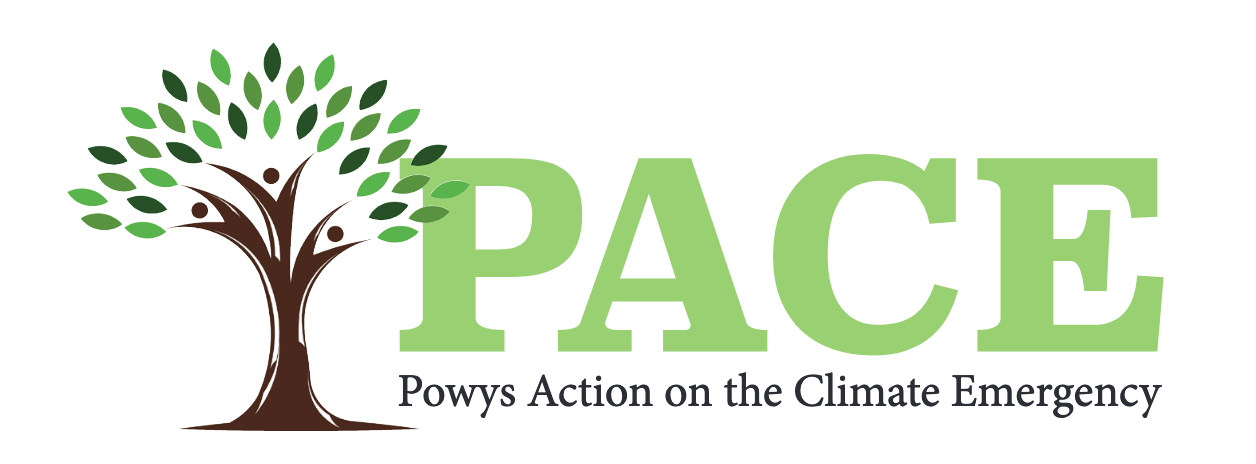How are animals and birds in Wales doing?
While some animals and birds in Wales are doing well others are struggling and for some there isn’t enough data to be able to say anything with certainty. When trying to figure out how species are doing it’s important to look both at how many of them there are (abundance) and how widespread they are. For birds we know that common and widespread birds that breed in Wales have generally become more abundant in the period from 1994 to 2016. Waterbirds that spend the winter in Wales also became more abundant from the 1970s till the early 2000s but since then their numbers have declined.
If we look at how widespread species are within Wales, on average there has been a 10% decline in their distribution between 1970 and 2015. However, there are large differences between species. While 23% of the surveyed species increased in that period 30% of species decreased. In the short term (between 2005 and 2015) 30% of species increased and 39% decreased in their distribution. In terms of how threatened species are, 13 out of 44 mammals in Wales have been classified as threatened. This includes species such as red squirrels and water voles. Other species such as turtle doves and corn bunting have already disappeared completely from Wales.
The main reasons why some species have declined include changes in land management and conversion from one type of land use to another. Other important threats include climate change, pollution, urbanisation and invasive species.
Further information about the state of nature in Wales:
State-of-Nature-2019-Wales-summary.pdf (nbn.org.uk)
The State of Nature 2019 report: 17% of species in Wales are at risk of extinction (senedd.wales)
What can you do?
While some things need to be tackled on a national or international scale, there are also many things that you can do at home and in your own local area:
Help birds and animals by creating and maintaining homes for them: buy or build bird boxes, bat boxes, hedgehog houses and log piles in which animals can overwinter or raise their young. See this page.
Create a wildlife friendly garden: cut your lawn less frequently, leave dead vegetation including trees where safe to do so, refrain from using pesticides, plant wildflowers and wildlife friendly vegetation. This will provide cover and food for birds and animals in the form of insects and worms. Even having planters with insect friendly plants on balconies or on streets can help.
Campaign: sign petitions and write to your MP to keep nature high on the agenda and to support legislation and policy initiatives that help protect birds and animals.
Volunteer: join a local conservation group or start your own group to do things such as litter picks, habitat management or a wildlife friendly community garden. See the Community Groups listed in our Community Action section and events on our What's on Page to find community gardens and wildlife friendly activities near you.
Go out, observe, learn, and connect: Maintain and build your connection to nature by spending time in nature and noticing what is around you.
Learn about the birds and animals in your garden, street or local green spaces, how they live and what they require to thrive. Share your stories and experiences with others.
Links to other pages where you can find more information about things you can do:
Take part | Friends of the Earth
Community Groups
Biodiversity Information Service for Powys and Brecon Brecons National Park Brecon
Biodiversity Information Service for Powys and Brecon Brecons National Park - discover more
Presteigne Tree Group Presteigne
Presteigne Tree Group - discover more
Llais y Goedwig Machynlleth
Llais y Goedwig - discover more
The Hanging Gardens (The Wilderness Trust) Llanidloes
The Hanging Gardens (The Wilderness Trust) - discover more
Coetir Anian Aberystwyth
Coetir Anian - discover more
Verges for Nature PRESTEIGNE and NORTON
Verges for Nature - discover more
Cultivate (Cwm Harry) Cyfyngedig NEWTOWN
Cultivate (Cwm Harry) Cyfyngedig - discover more
Gwenoliaid Duon Llanidloes Swifts
Gwenoliaid Duon Llanidloes Swifts - discover more
Llangattock Community Woodlands Llangattock
Llangattock Community Woodlands - discover more
Vibrant Vyrnwy Llanwddyn
Vibrant Vyrnwy - discover more
Radnorshire Wildlife Trust Llandrindod Wells
Radnorshire Wildlife Trust - discover more
Radnorshire Wildlife Trust Powys
Radnorshire Wildlife Trust Powys - discover more
Curlew Connections Wales Project Montgomeryshire
Curlew Connections Wales Project - discover more
Machynlleth Biodiversity Group Machynlleth
Machynlleth Biodiversity Group - discover more
Knighton Community Woodlands Group
Knighton Community Woodlands Group - discover more
RSPB Lake Vyrnwy Oswestry
RSPB Lake Vyrnwy - discover more
ON THE VERGE TALGARTH
ON THE VERGE TALGARTH - discover more
Businesses and Suppliers
Dolydd Gobaith LLANRHAEADR YM MOCHNANT
Dolydd Gobaith - discover more
Gethin Jones Hedge Laying Brecon
Gethin Jones Hedge Laying - discover more
Green Lane Burial Field Montgomery
Green Lane Burial Field - discover more
Wilder Pentwyn Produce Pentwyn
Wilder Pentwyn Produce - discover more
Page last modified: 04 Dec 2022, 20:14

 The Powys Green Guide has received funding from the Mid Wales Community
Energy Trust to cover website support and maintenance in Montgomeryshire
The Powys Green Guide has received funding from the Mid Wales Community
Energy Trust to cover website support and maintenance in Montgomeryshire